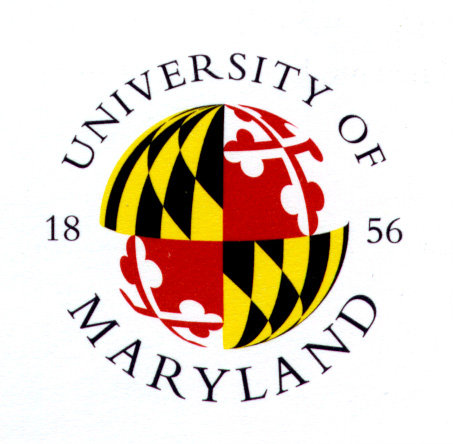
Space and Plasma Physics
Lunar Exploration Neutron Detector (LEND)

Space and Plasma Physics
Lunar Exploration Neutron Detector (LEND)
Lunar Exploration Neutron Detector (LEND)
Lunar Exploration Neutron Detector (LEND) will fly onboard NASA Lunar Reconnaissance Orbiter (LRO) mission whose launch is expected in late 2008. LEND's objective is to provide a global search of hydrogen distribution through 1-2 meters of lunar subsurface from the 50 km circular polar orbit of LRO. LEND will be capable of providing maps of epithermal neutrons with high spatial resolution using collimated neutron detectors. LEND is able to detect the hydrogen-rich spot at a pole with about 100 ppm of hydrogen with spatial resolution of 5 km and to produce global mapping of hydrogen content with resolution of 5 - 20 km.

If the hydrogen is associated with water, detection limit of 100 ppm of hydrogen corresponds to ~0.1 wt% of water in the regolith.
Neutron radiation from the regolith could have as large an impact on astronaut safety as charged energetic particles from Galactic Cosmic Rays and Solar Particle Events. LEND will have a full set of sensors for thermal, epithermal and high energy neutrons to provide data for the neutron component of the radiation environment in a broad range of more than 9 decades of energy.
The detector
will be manufactured in